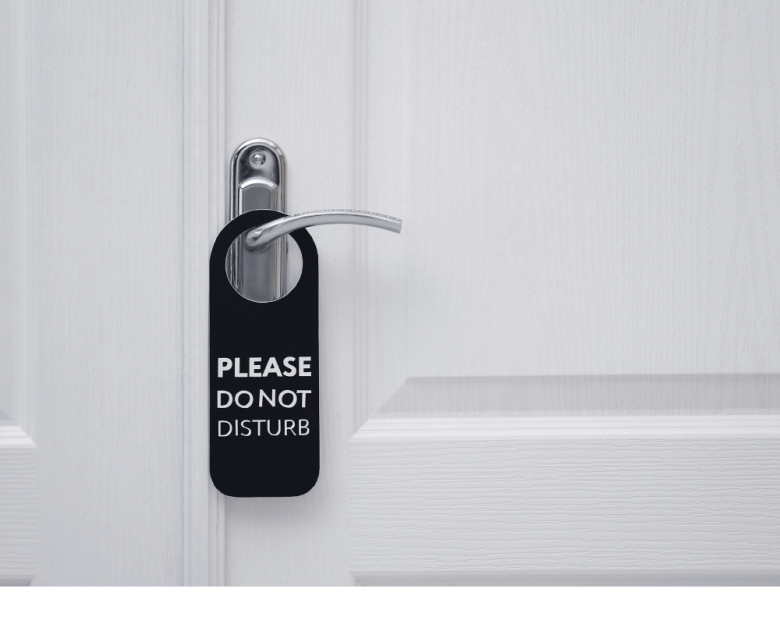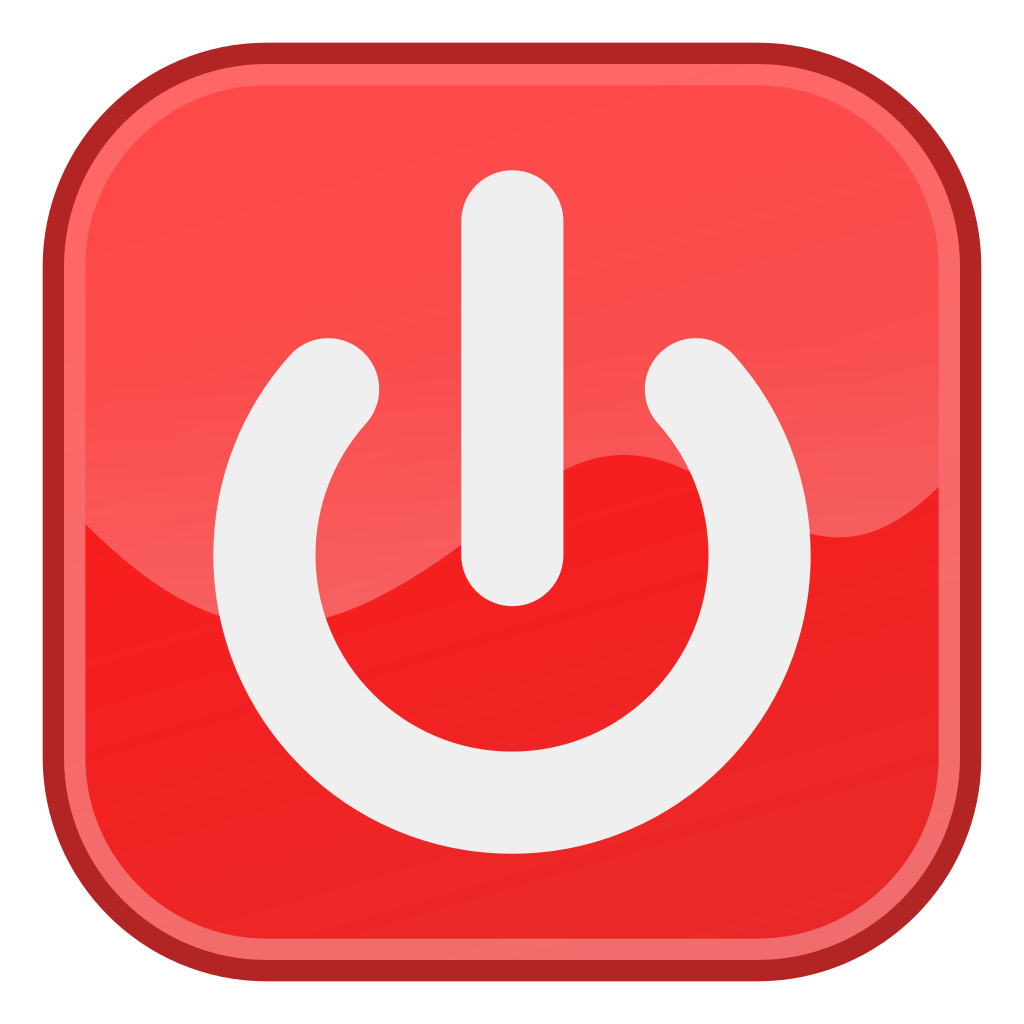
Every time I ask people to feed back to me after the sessions I do about self care and productivity about what they found most helpful they always mention the 2-minute rule. So… I always talk about it.
It’s basically this. If you look at a task and you think it’s going to take less than two minutes to complete then simply do it. Don’t delay, don’t put it off until later, just do it. You can actually achieve a lot more in two minutes than you think you can. If you have the time, sit quietly now for two minutes. It feels like forever! You could get a lot of small tasks done in that time!
At a session recently though someone suggested that the application of the two minute rule was in contradiction to my view that when immersed in Deep Work we should do it to the exclusion of all other tasks. “Surely the two minute rule contradicts this as if you come across something to do then you are suggesting I just do it”, the person said (I’m paraphrasing – but that was the gist of it I think). I answered something to the effect that the two minute rule was effective for emails and planning tasks and working through small tasks but not when engaged in deep work. I wasn’t satisfied with my explanation. I didn’t feel it was clear enough so I thought I’d write a blog.
There are times, like anything, when the application of an idea is helpful and times when it is unhelpful. The two minute rule falls into that category. I thought the best way to explain when to use it and when not to use it would be to take you through a typical day of mine and explore the application of this ‘rule’.
Start-up strategy

We all have a start-up strategy? Yes? This is the process that gets you going when you get to work. Just like a computer you need to be powered on and have your software loaded and get yourself ready for the day. My start-up strategy goes like this.
8.30 Open notebook to new page and write the date at the top then Open calendar. Work through the day visualising myself undertaking each task. In doing so I am connecting with the task and checking that I have everything to hand that I need for each task. This is a perfect opportunity to apply the two minute rule. If I find I haven’t got something I need for a task, maybe I haven’t created a Teams Meeting link or printed off some lecture notes or found a phone number I need, I apply the two minute rule and do it there and then. Anything else that’s longer than two minutes gets put in a time slot in my calendar (this doesn’t happen very often, if at all, as my planning strategy means that the big things required are all done)
9.00 Open Emails and work on getting my Inbox to empty. I work through my emails methodically one by one using the Do It, Delegate It, Defer It, Delete It process (see this link for more on this strategy). The Do It part relies exclusively on the two minute rule. Can I deal with this email in less than two minutes? If I can it gets done there and then. If it’s going to take longer than two minutes it gets deferred into my trusted system.
Working day

9.30 Clearing up and small jobs. This is a good slot for anything that might have fallen out of my diary scan and my emails. If something needed doing urgently I will have put it into this time slot. No two minute rule things here I’d imagine because this will be a longer task or tasks that needs doing
10.00 Deliver lecture. Off I go to do what I do. This is in many ways Deep Work. I’ll explain. Deep Work in the productivity literature is usually a job that needs you to be completely focussed to the exclusion of everything else and is usually best undertaken in glorious isolation – distraction free. Now that doesn’t define lecturing as you do it in front of people but I feel it is still a Deep Work task as it requires me to be completely in the moment to the exclusion of everything else. So no two minute rule activities going on here.
12.00 At the end of the lecture a student asks me for a tutorial. Yes indeed! Let’s plan that now. I have my calendar on my phone. Two minute rule applied tutorial booked. I could have said I’ll get back to you later with some times, but no, there and then – let’s get this sorted – done and forgotten about – my calendar will remind me of what I need to know.

13.00 Lecture Preparation (after lunch of course as a lunch break is so important – have a look here). This is Deep Work. I need to be in a quiet place and I need to be not distracted. I won’t be applying the two minute rule here because i will have switched my phone and emails to silent and I’ll be getting on with the task.
But disaster – there is a problem here. Our minds just don’t stay focussed on the thing we are doing no matter how hard we try. The more we do Deep Work and the more we train ourselves towards mindful behaviour the better we get at it but nevertheless sometimes something pops into our heads! This is what I refer to as a boundary moment. A point where we have a choice to make about how to proceed! What do we do! My brain has just reminded me that I was asked by my manager to email them the contact details of someone.
Now, that could be achieved using the two minute rule because it will take me less than two minutes to do that. But there’s a problem here because opening my emails and sending the information will only take that time up but I might see other emails that interest me – our minds are terrible like that – and I might end up replying because – well – I could do it in two minutes. We become trapped in our emails and the Deep Work gets interrupted and then, when we go back to the Deep Work, it takes (as an experiment conducted by Microsoft found out) 10 to 15 minutes to get back up to speed on the Deep Work task. So that’s not a good idea!
I could still decide to go and apply the two minute rule and get the email sent. It might be something really urgent and therefore the interruption may be necessary. I might have to accept the productivity dip.
But if it’s not urgent I should resist the urge to send the email now and continue with the Deep Work.
But problem number two raises itself! Every time I try to get on with the Deep Work task I keep thinking I mustn’t forget to send that email! Argh! David Allen calls these Open Loops. They just go round and round in your head taking up vital psychological capacity and distract you from the task in hand. Here’s what to do. Externalise your memory and make a note of what needs to be done in your note book that sits next to you all the time with today’s date at the top of the page. You sorted this out at 8.30 this morning during your Start Up strategy! Note: Send email to manager with contact details for Dave. This gets it out of your head into your trusted system so that you will be reminded to do it later. It does create a pause, it does create a shifting of attention, but you have minimised it as best you can. We can’t help these thoughts encroaching but we can decide how to mange them for the best.
15.00 Team Meeting. I class this as a Deep Work task as well. The meeting needs my attention so no two minute rule opportunities here. The same rules apply that we utilised when we were doing lecture prep Deep Work. As you go through the meeting take notes about things you need to to do so we can move them into our trusted system later.
Shut down strategy

16.00 Emails. This is the same process that we undertook at 9 a.m. Open up those emails work through them and get that Inbox to empty!
16.30 Planning. Getting in to empty is not just about that Inbox it’s also about that note book and all of the entries you’ve made as the day has gone on. You work your way methodically down the list and use the same Do It, Delegate It, Defer It, Delete It process that you used for emails. Note: Send email to manager with contact details for Dave. Two minute rule application! This is where that deferred task gets done in two minutes having caused the minimum of disruptions to your Deep Work. Then, go through the other tasks that you’ve noted in the same way. They either get done, get deleted, get delegated to others for more information, or get moved into your trusted system as entries in your calendar. Cross them out as you go – it’s soooo satisfying! Finally plan tomorrow. Have you got everything you need for everything you need to do. Get all of your ducks in a row.
17.00 Reflect on the day. What didn’t go so well. Could you have controlled something better or could you not have foreseen what went wrong. If you could have done something better jot down what you could have done. This helps consolidate your thinking. If you couldn’t have predicted what went wrong then let it go. It is what it is. Then think about the things that went well, and the things you got done. This is especially important if you have had a stressful day (….there are other sorts of days I hear you say!) When we are stressed we tend to take a micro view of our day, homing in on small details and this can lead to negative thinking. Get your wide angled lens on and take a birds eye view of the day and enjoy the things that went well…. and then Shutdown Complete.
Like any technique it only works in the right circumstances. The two minute rule needs to be used when it is appropriate and not used indiscriminately when it will interrupt your Deep Work. Unless of course the thing that popped into your head is so important that you should interrupt what you are doing and get it done!
Over to you!

